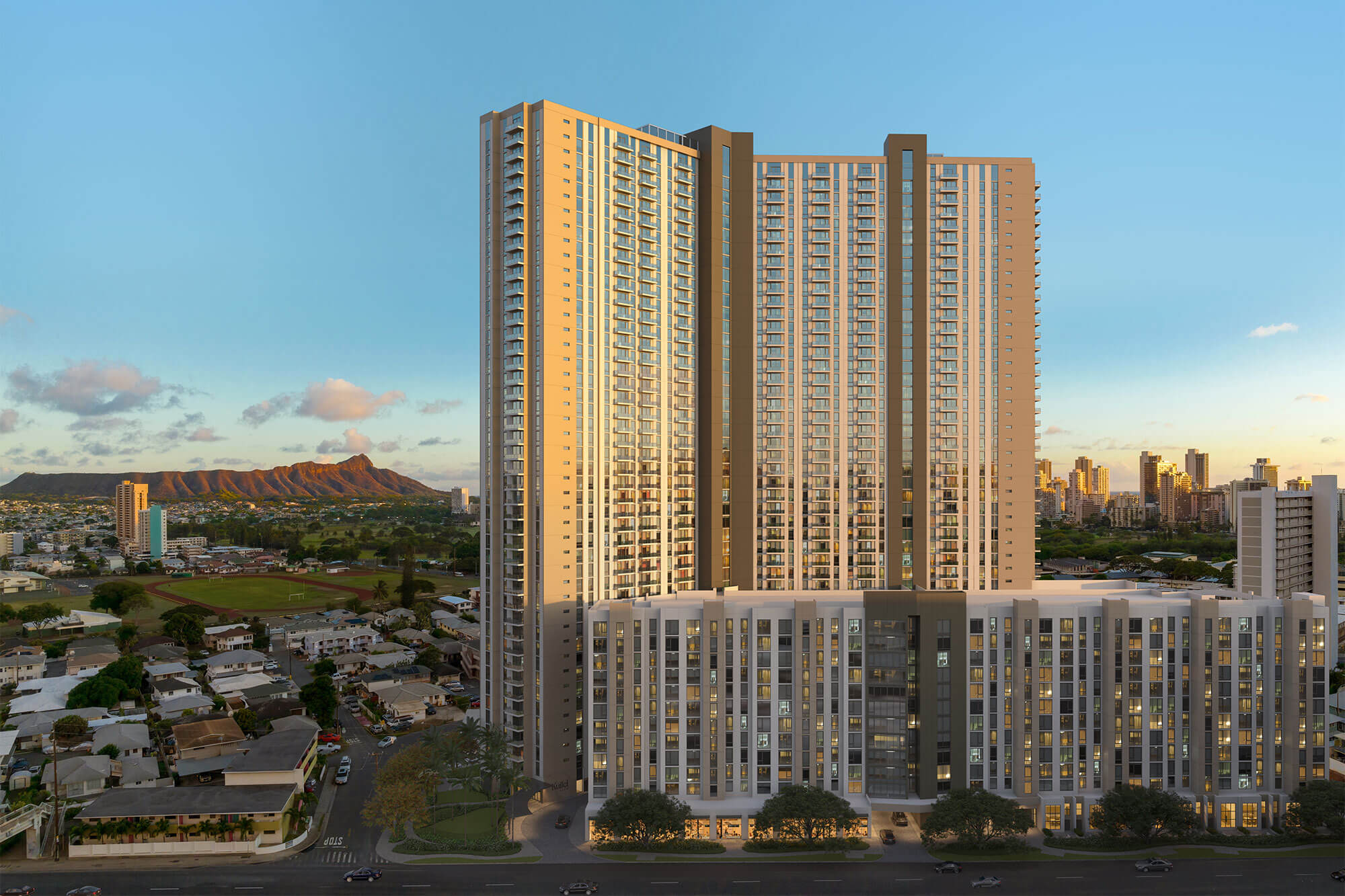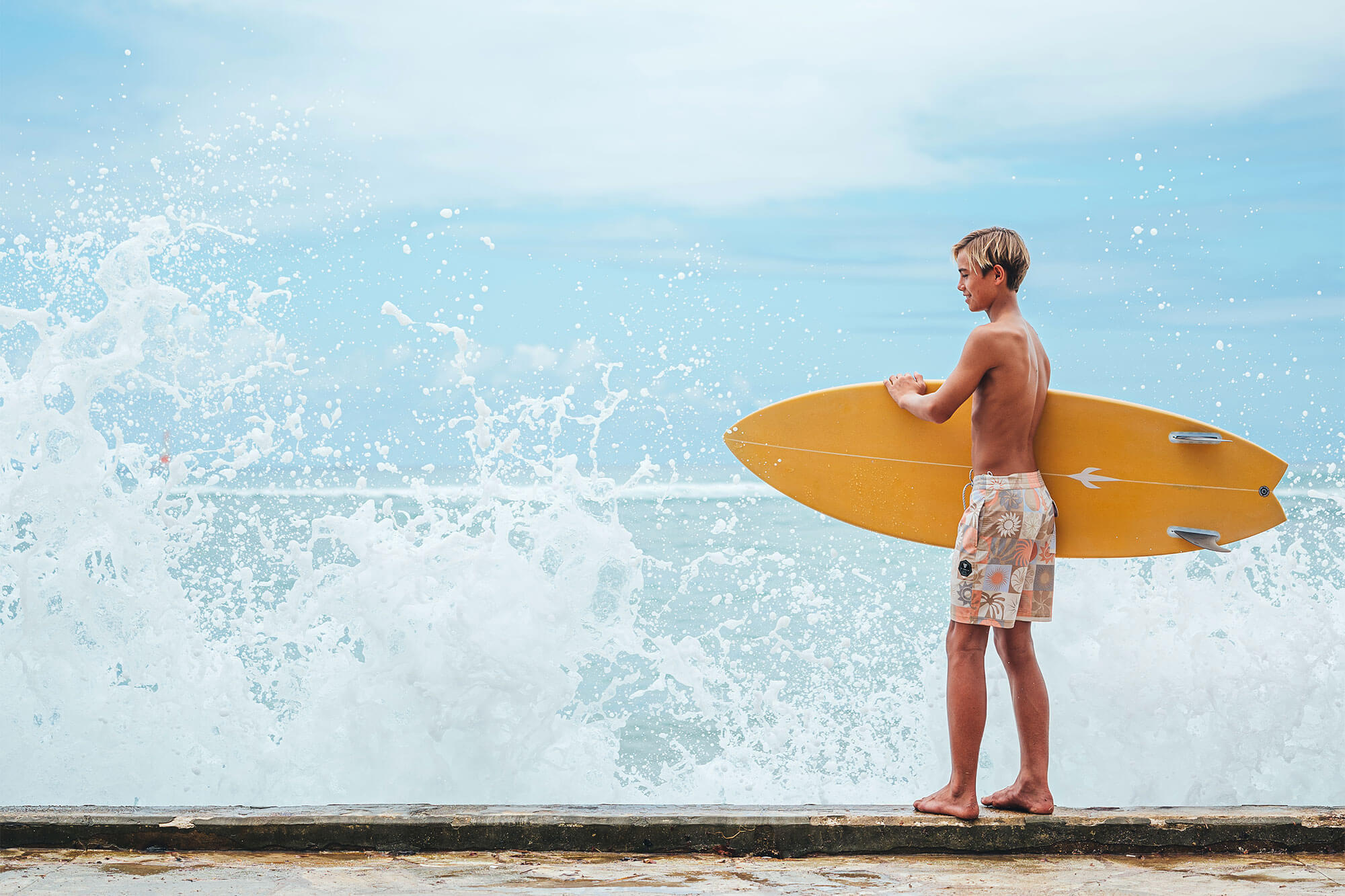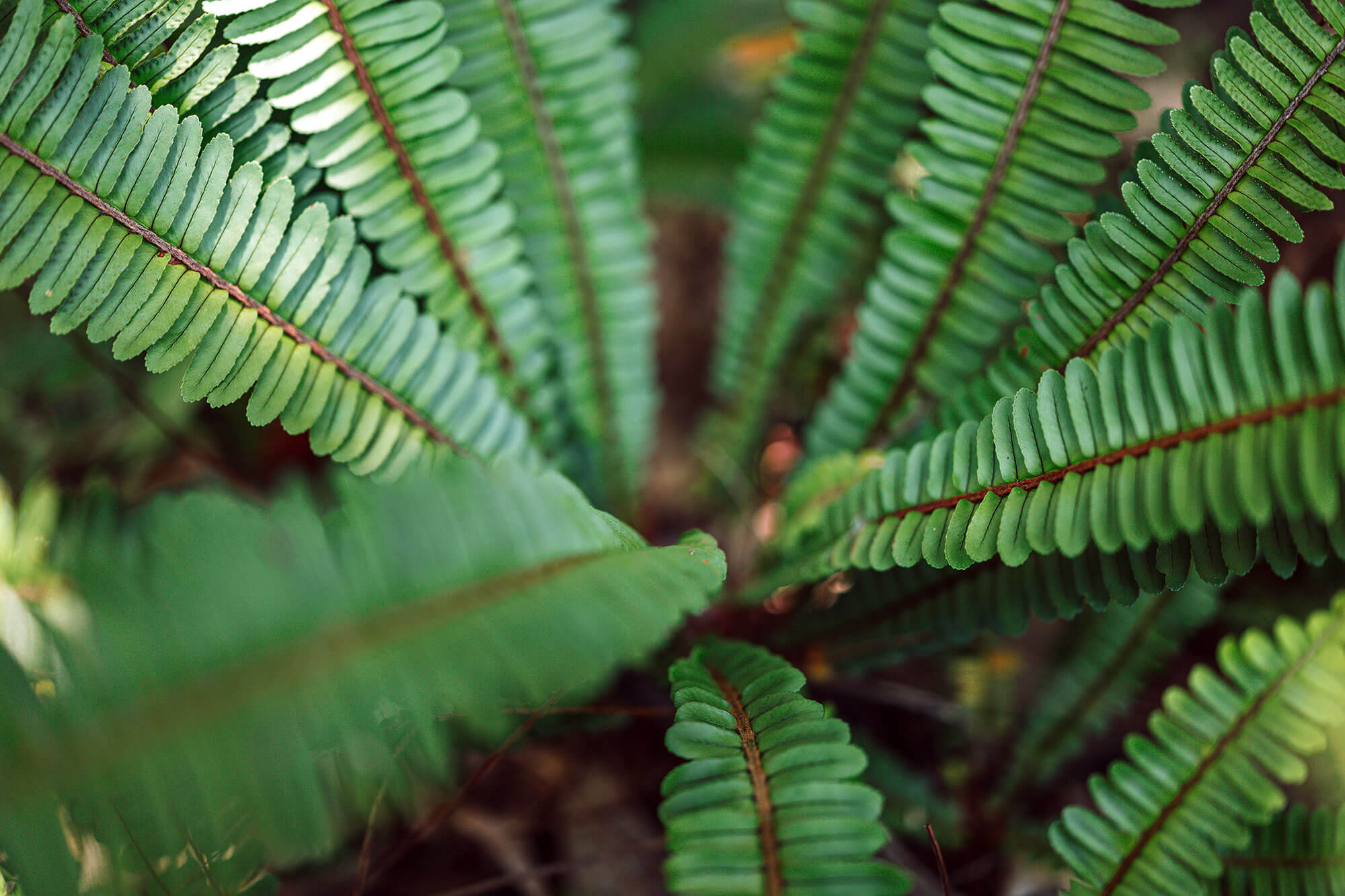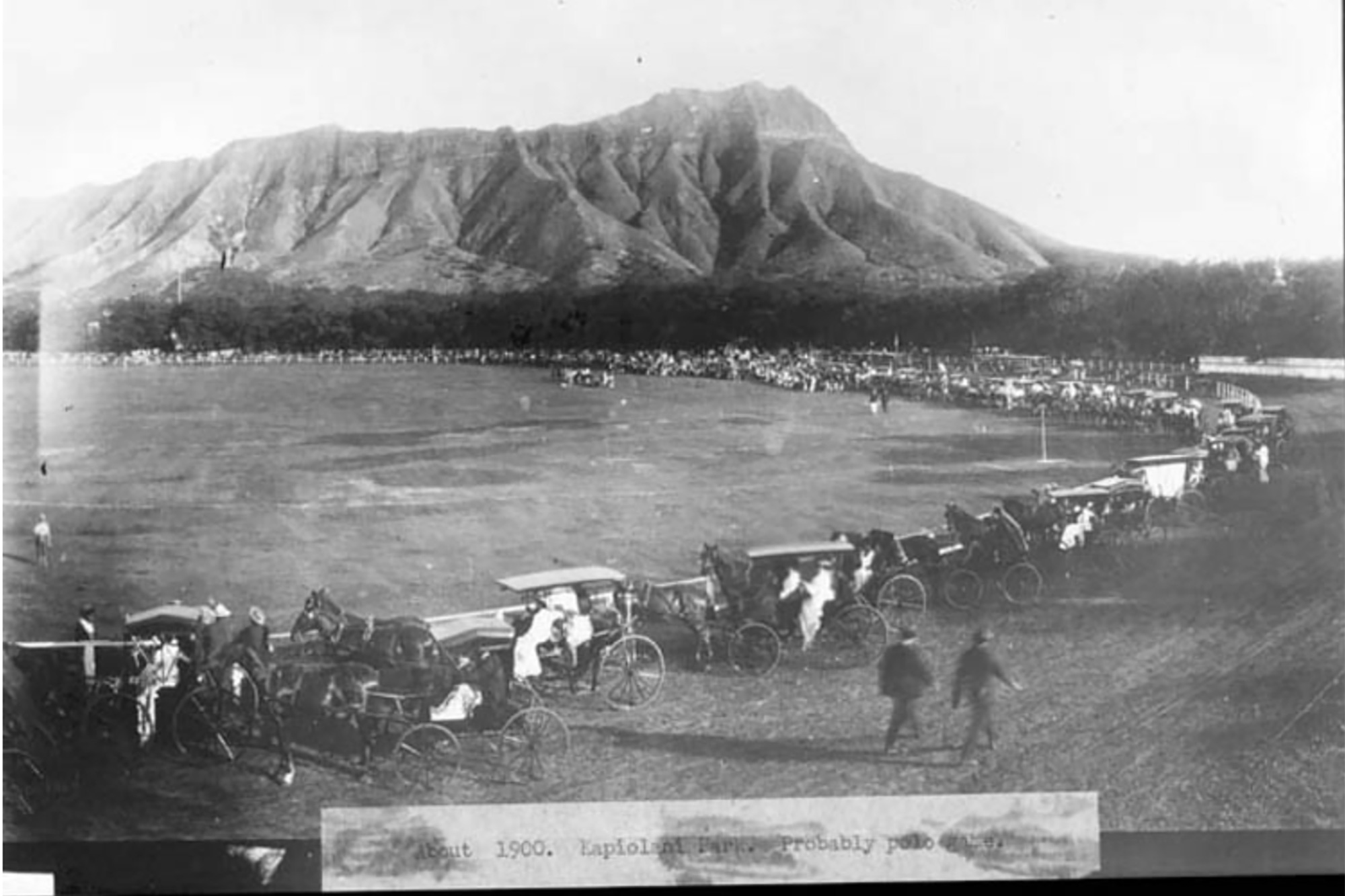Kapiʻolani Park: A Timeless Oasis of History and Recreation
October 10th, 2024
Kapiʻolani Park, a treasured landmark on Honolulu’s southern shore, has been a beloved recreational space since its establishment in 1877. Over time, it has evolved into a vibrant hub for outdoor activities, offering everything from yoga sessions beneath towering banyan trees to soccer games, tennis matches, and family picnics.
Originally envisioned by King Kalākaua and named in honor of Queen Kapiʻolani, the park was designed as a peaceful sanctuary where residents and visitors could escape the city’s growing hustle. Queen Kapiʻolani, known for her compassion and dedication to her people, saw the park as a place for them to connect with nature, unwind, and strengthen community bonds.
Resilience Through the Years
Throughout its history, Kapiʻolani Park has weathered various challenges. During World War II, it was temporarily repurposed for military use, and in the years that followed, urban development threatened its boundaries. Yet, thanks to the efforts of local communities and preservationists, the park has endured and continues to stand as a protected green space—an enduring symbol of Honolulu’s resilience and spirit.
A Living, Breathing Community Space
Today, Kapiʻolani Park remains a thriving recreational haven. With tennis courts, soccer fields, and softball diamonds, it’s a go-to destination for outdoor fun. The Honolulu Zoo, established in 1915, offers a unique experience for animal lovers, while the Waikīkī Shell amphitheater hosts concerts and cultural events that bring the community together.
Kuilei Place: The Perfect Connection
For residents of Kuilei Place, Kapiʻolani Park is more than just a neighborhood amenity—it’s an extension of home. Located only minutes away, the park offers easy access to daily strolls, weekend picnics, or even a game of pickleball. Stretching from Kuilei Place through the Ala Wai Golf Course, this greenbelt connects you to unobstructed views of Diamond Head and the beauty of our island. Here, residents can embrace an unbroken flow of natural beauty and recreation—from their doorstep to the foot of Oʻahu’s most iconic landmark.




